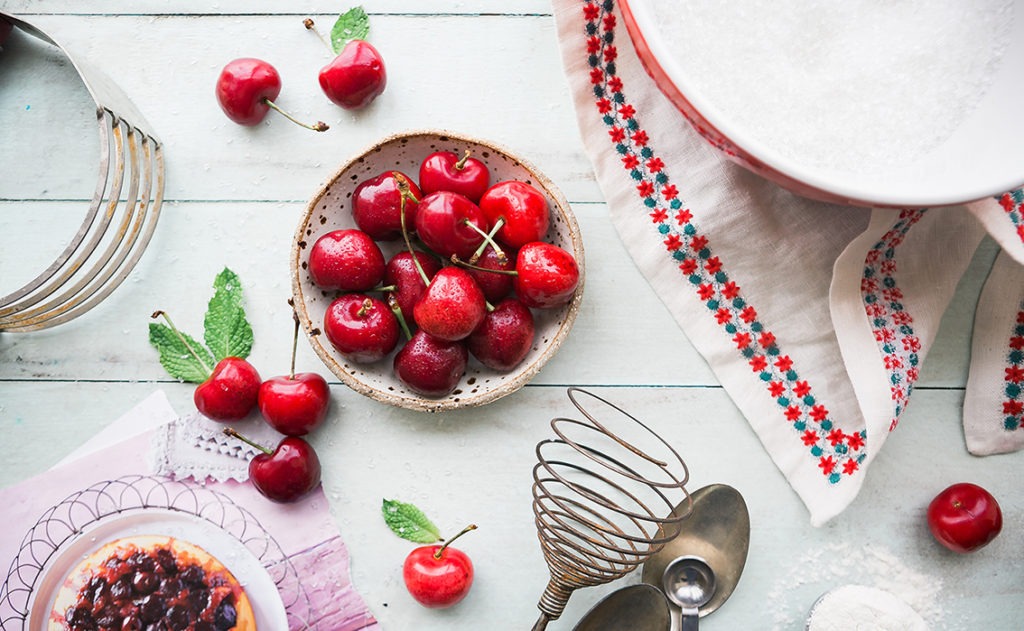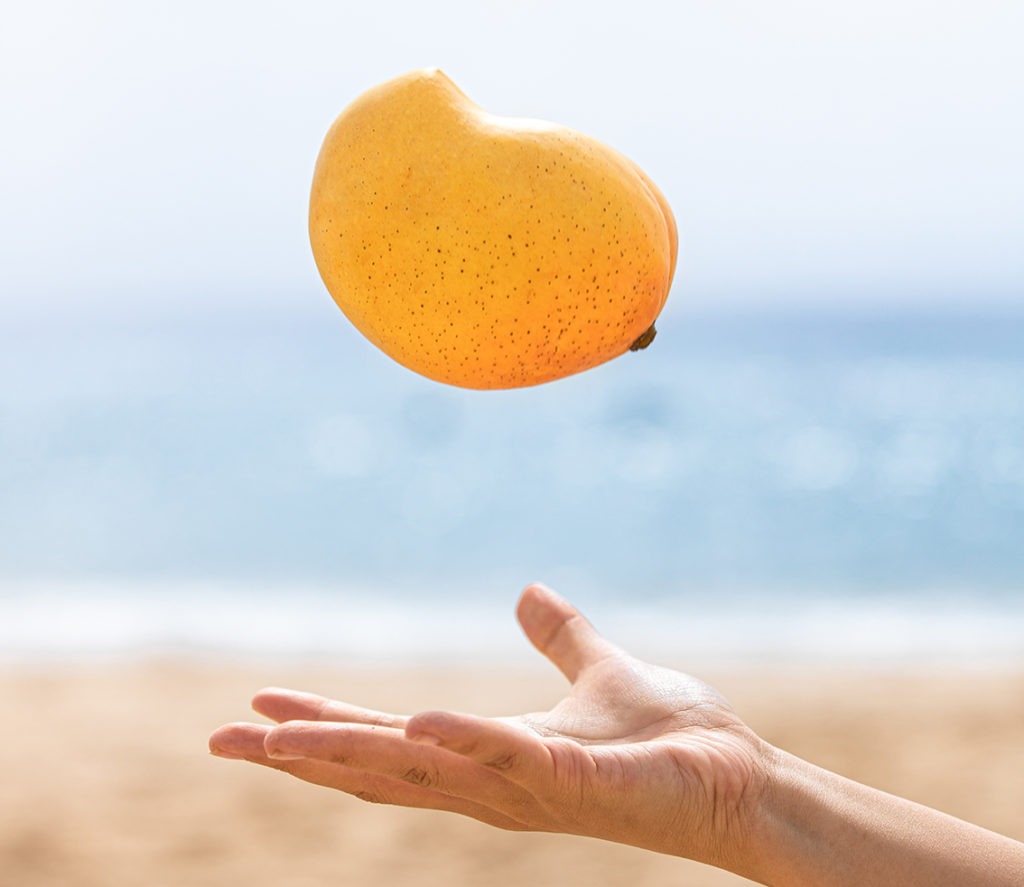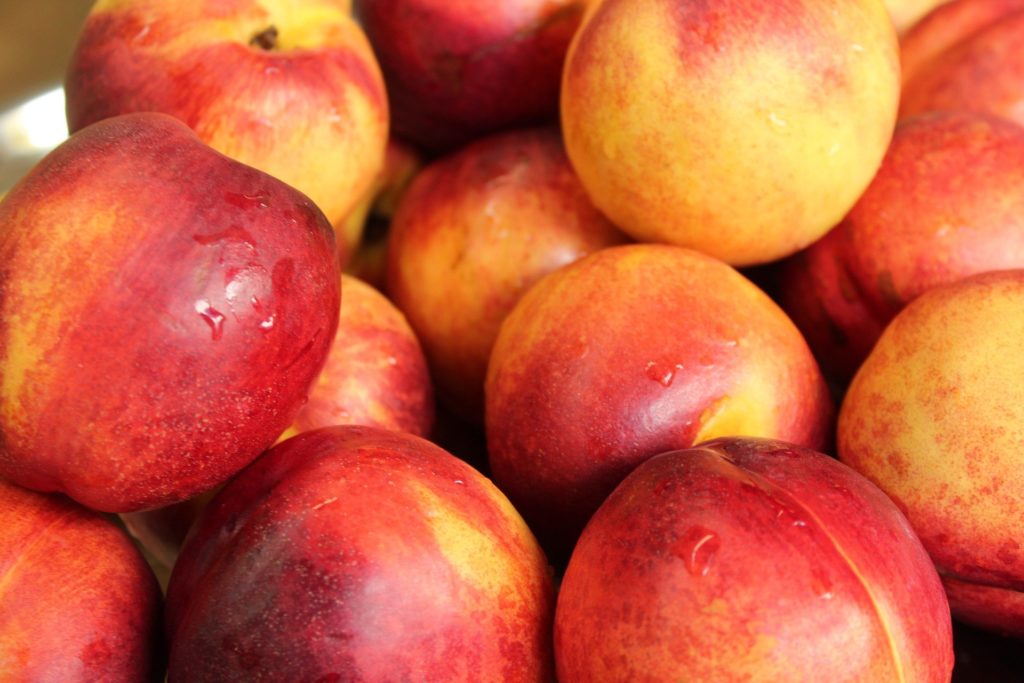Peachy keen: it’s stone fruit season!
One of the many and varied joys of an Australian summer is the sudden abundance of sweetly delectable stone fruit. It makes your tastebuds do a happy dance just at the thought. From the darker delights of richly red cherries to the fragrant and vibrantly bright nectarine, peach and mango, stone fruit is a celebration of everything that makes an Aussie summer great. But stone fruit is not just a delicious treat served up by an overly indulgent Mother Nature who’s been mellowed by the warmer days. It’s also incredibly good for you.
“Stone fruits are an amazing source of antioxidants,” says Susan McLeod, a nutritionist and lecturer in Human Nutrition at La Trobe University. “They’re full of vitamins A, C and E, which are all antioxidants. These run around and clean up the free radicals which you don’t want in your body. This is because they can cause damage to cells.”

Colour me healthy
A lot of the antioxidant compounds in stone fruit come from their gorgeous hue. Phytonutrients give fruit and vegies their bright colours, and stone fruits are packed with them. This is an excellent reason to always eat the skin of your fruit. The brightly-coloured skin contains flavonoids, a type of phytonutrient which plays a protective role in the body. As well as helping to inhibit oxidation and neutralise free radicals, flavonoids can also help to reduce inflammation in the body.
“Inflammation is the body’s natural immune response,” McLeod explains. “Ordinarily, it plays a really important role in healing. When we have inflammation somewhere, it’s usually because the white blood cells are rushing to an area to help. But when we have constant or chronic inflammation through something like obesity or rheumatoid arthritis, this actually increases the risk of developing other diseases.”

What about the sugar?
Because stone fruits are so exquisitely sweet, some people mistakenly believe that they’re a dietary no-no, thinking that they must be too high in sugar to be good for you.
“Stone fruits generally contain about six or seven grams of sugar per serve,” McLeod says. “Yes, that’s high. But if you’re only eating the recommended two servings of fruit per day – say, two apricots and a mango cheek – that’s okay. You’re not getting a lot of sugar.
“What you are getting is fibre, which is so important. That’s why I wouldn’t recommend drinking fruit juice, because you don’t get that fibre. That’s why we always recommend you eat the whole fruit, including the skin. And if you’re only having a small amount per day, the other health benefits will actually outweigh that small sugar component. Plus, it’s natural sugars. We’re not talking about highly refined sugar here.”

Eating with the seasons
To get the most nutritional benefit from your stone fruit, it’s a good idea to eat a wide variety of them (granted, not a hard thing to do). Cherries and plums contain anthocyanins, which have been found to offer a huge range of potential benefits, from boosting heart health to reducing cancer risk. Orange and yellow nectarines, mangoes and apricots are higher in beta carotene, a form of vitamin A that plays a role in eye health.
Stone fruits are there to be enjoyed while they’re in season. But while their availability at the supermarket or local farmers’ market is sadly brief, this is also a good reminder of the value of embracing the seasons’ bounty.
“When you eat food in season, it’s more nutritionally dense,” McLeod says. “When you store fruit, it will start to oxidise and lose some of the nutritional benefits. Given the benefits of stone fruit come from antioxidants, you don’t want oxidisation. This is why fruit will have fewer nutrients when it’s out of season.”

Stone fruit also contains potassium, and here is another wonderful example of a benevolent Mother Nature. Potassium is an electrolyte, which our bodies need to regulate nerve and muscle function and keep us hydrated. You lose electrolytes through sweat, which makes potassium in the summer even more important.
“It’s almost like Mother Nature is saying, ‘Here you go! this is what you need in summer’,” McLeod says. “So, while stone fruit is in season, I say make the most of it.”









